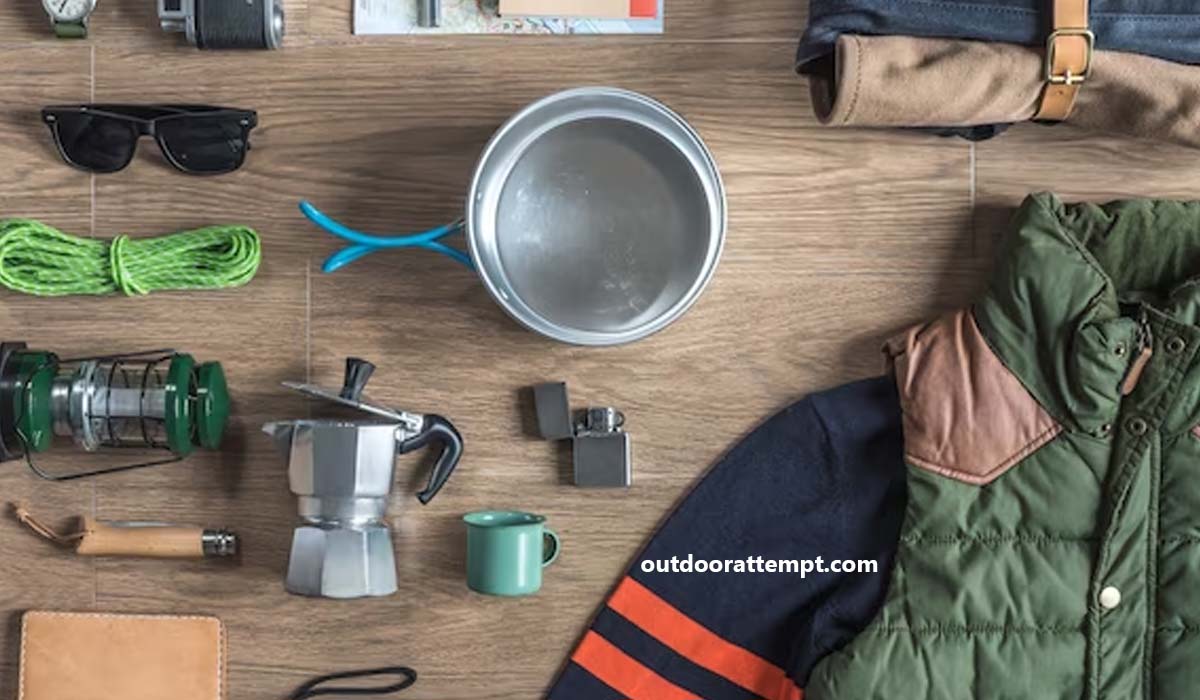Surviving a Nor’easter at 6,000 Feet When the forecast called for a nor’easter, we knew we had to act fast. We had to get to the top of the mountain before the storm hit. So, we packed our bags and headed up.
The storm was brewing as we reached the summit. Winds were strong and the temperature was dropping. We knew we had to find shelter fast.
Surviving a Nor’easter at 6,000 Feet
We were able to find a cave to spend the night in. It wasn’t the most comfortable situation, but it kept us safe from the elements.
The storm raged on through the night. We could hear the howling winds and the crashing waves. But we knew we were safe.
The next morning, we emerged from our shelter to see the damage the storm had caused. Trees were down, and the trail was covered in debris. But we had made it through the night. We had survived the storm.
Battling the Elements: Surviving a Nor’easter at 6,000 Feet
A nor’easter is a strong, New England storms that can bring high winds, rainfall, and even snow. These storms can be dangerous, and even deadly.
I experienced my first nor’easter while hiking Mount Washington in New Hampshire. I was ill-prepared for the conditions and nearly didn’t make it through the night.
Here are some tips for surviving a nor’easter, should you find yourself in one:
Find Shelter
The first step is to find shelter. If you’re caught out in the open, you’re going to have a tough time. Try to find a building or even a cave to take refuge in.
Find Water
Next, you need to find water. This may be difficult, as many sources will be frozen during a nor’easter. boil any water you find before drinking it.
Find Food
If you can find food, it will help you survive. Eating will give you energy and help you stay warm. Try to find high-energy foods like nuts and dried fruit.
Stay Warm
One of the most important things to do is to stay warm. If you can build a fire, that’s ideal. If not, huddle together with others for warmth. Wear extra layers of clothing if you have them.
Stay Dry
Staying dry is also crucial. Wet clothes will make you colder and can lead to hypothermia. If your clothes are wet, try to wring them out or change into dry ones.
Stay Calm
Finally, it’s important to stay calm. Panicking will only make the situation worse. Focus on your breathing and stay positive. Remember, you can survive this.
ribe the adventure as case with different subuner造long specification。
The Impact of Battling the Elements: Surviving a Nor’easter at 6,000 Feet on Exploring the Possibilities.
First Night: Wind, Snow, and Emergency Protocol
The first night was by far the most difficult. We had to deal with high winds, snow, and ice. The first thing we did was to set up our tents. We were in a group of four, so we had two tents.
Set them up as close to each other as possible. We also set up a tarp over the top of the tents to provide some extra protection from the elements.
Next, we started to collect wood for a fire. This was no easy task, as the wind was strong and the snow was deep. We managed to find enough wood to get a fire going, and we huddled around it to stay warm.
We were also constantly checking our emergency beacon, as we were in a remote area and didn’t want to get lost. Fortunately, we had Cell coverage and were able to stay in touch with our base camp.
Second Night: Cold, Confinement, and Cabin Fever
The second night was even colder than the first. We were all woken up in the middle of the night by the sound of the wind howling. The tents were covered in snow and ice, and we had to spend a lot of time shoveling it off so they wouldn’t collapse.
We also started to feel a bit claustrophobic, as we were confined to our tents for most of the day. We tried to stay busy by reading books and playing games. But it was hard to focus on anything with the constant noise of the wind.
We did manage to get a fire going again. But it didn’t provide much warmth. We were all exhausted and just wanted the storm to pass so we could go home.
Third Night: Hope and Rescue
By the third night, we were starting to lose hope. We were out of food and water, and our tents were in bad shape. The wind had died down a bit, but the snow was still coming down.
We were scheduled to be rescued the next day, but we weren’t sure if they would be able to find us in the storm. We spent the night huddled together for warmth and praying for the best.
Fortunately, our prayers were answered and we were rescued the next day. We were cold, tired, and hungry, but we were alive. It was an experience that we will never forget.
Surviving a Nor’easter at 6,000 Feet
Nor’easters are notoriously tough storms to predict, as they can rapidly intensify or weaken depending on a variety of factors. Despite this, there are some general trends that forecasters can look for when a nor’easter is brewing.
One of the most important factors in determining the strength of a nor’easter is the temperature differential between the storm and the water it is moving over. Warm water will help to intensify the storm, while cooler water will weaken it.
Another important factor is the direction of the wind. If the wind is blowing directly into the shore, it will help to push the storm surge inland and cause more damage.
Finally, the amount of moisture in the air can also play a role in the intensity of a nor’easter. If the air is very dry, the storm will not have as much fuel to work with and will likely weaken.

These are just some of the many factors that go into predicting the strength of a nor’easter. Forecasters will continue to monitor the development of these storms closely in order to give people the best possible warning and allow them to prepare for whatever lies ahead.
What is a Nor’easter?
A Nor’easter is a type of winter storm that occurs along the East Coast of the United States, typically bringing heavy snowfall, flooding, and strong winds.
What causes a Nor’easter?
A Nor’easter is created when a system of low pressure forms along the East Coast and cold air from the north meets warm air from the south. This clash of air masses creates the perfect conditions for a winter storm.
How bad can a Nor’easter get?
Nor’easters can range from moderate to severe, depending on the strength of the system and the amount of moisture available. Some of the most damaging Nor’easters in recent history include the Blizzard of ’78 and the Blizzard of ’93.
What are the biggest threats from a Nor’easter?
Heavy snowfall, strong winds, and coastal flooding are the biggest threats from a Nor’easter.
What should I do if I’m caught in a Nor’easter?
If you’re caught in a Nor’easter, the best thing to do is to find shelter and wait it out. Avoid travel if possible, as conditions can be extremely hazardous.
How long do Nor’easters usually last?
Nor’easters can last anywhere from a few hours to several days.
Where do Nor’easters typically occur?
Nor’easters typically occur along the East Coast of the United States, from Maine to Virginia.
When do Nor’easters typically happen?
Nor’easters typically happen between October and April.
What’s the difference between a Nor’easter and a blizzard?
A Nor’easter is a type of winter storm that can bring heavy snowfall, strong winds, and flooding. A blizzard is a severe winter storm that is characterized by heavy snow and strong winds.
What’s the difference between a Nor’easter and a hurricane?
A Nor’easter is a type of winter storm that can bring heavy snowfall, strong winds, and flooding. A hurricane is a type of tropical cyclone that occurs in the Atlantic Ocean and is characterized by high winds and heavy rain.
The Adventure Begins
I had been planning my overnight hike up Mount Washington for weeks. Had all the gear I needed and had even done a few practice hikes to make sure I was prepared. I was ready for anything the mountain could throw at me.
But I wasn’t prepared for what happened next.
A few days before my hike, a huge nor’easter storm hit the area. The winds were so strong that they knocked out power to thousands of homes and businesses. Trees were down everywhere, and the roads were covered in snow and ice.
The storm was so bad that the state of New Hampshire even closed all of its State Parks. But I was determined to hike Mount Washington, come hell or high water.
I knew the storm would make the hike more challenging, but I was up for the adventure.
The First Day
I started my hike early in the morning, and the first few hours were easy enough. But as I got higher up the mountain, the winds started to pick up. By the time I reached the summit, the winds were howling.
The temperature was also plummeting, and the wind chill was making it feel even colder. I had to put on all my layers of clothing just to stay warm.
Despite the challenges, I was having a great time. I felt like I was conquering the mountain.
The Night
As night fell, the temperature dropped even further. I was glad I had brought a warm sleeping bag, but even that wasn’t enough to keep me completely comfortable.
I huddled inside my tent, trying to stay warm. The winds were still howling, and the tent was shaking. I had never experienced weather like this before.
I was starting to wonder if I had bitten off more than I could chew.
The Second Day
I woke up early the next morning, and the first thing I did was check the weather forecast. The forecast said the winds were going to die down later in the day.
But in the meantime, the winds were still strong. I had to be careful walking around, because the gusts could knock me down.
Surviving a Nor’easter
I was also running low on food and water. Had planned to hike down the mountain today, but the conditions were so bad that I didn’t think I could make it.
I decided to hunker down and wait for the winds to die down.
The End
I ended up spending two more nights on the mountain before the winds finally died down. I was cold, hungry, and exhausted. But I had made it through the storm.
It was a hard hike, but it was also an adventure I’ll never forget.
